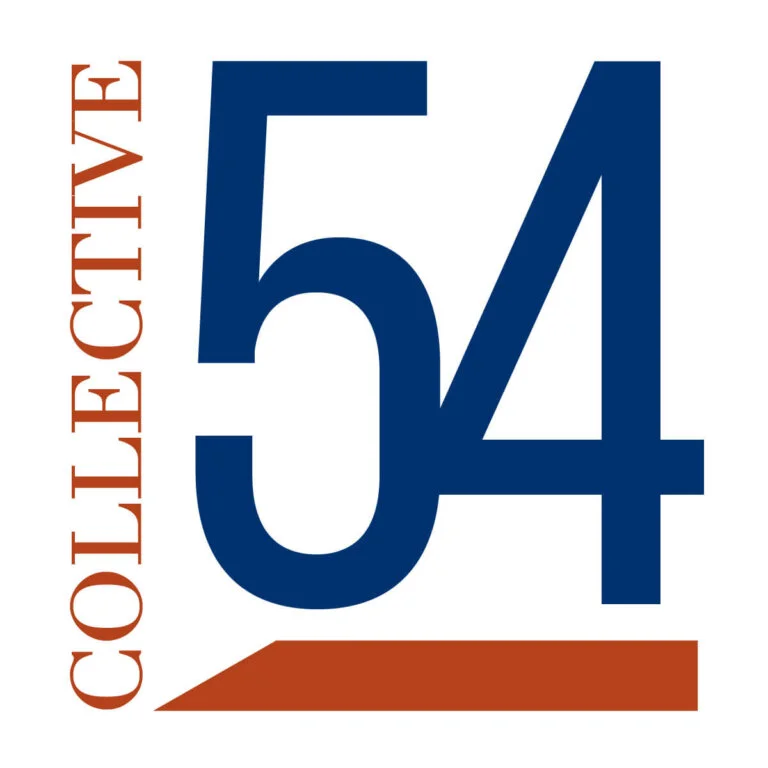|
Getting your Trinity Audio player ready...
|
Owners of boutiques are either focused on growing, scaling or exiting their Proserv firms. This post is focused on those owners looking to scale their firms. Many of us struggle to scale, even after years of positive growth. I have heard this from many of my peers in Collective 54. I have experienced it myself. So what’s the problem? Why do we fail to scale?
A helpful way to think about our problem is through the lens of Collective 54’s growth levers. Greg often talks about the five key methodologies to drive organic growth in boutique professional services firms:
- Account Revenue Expansion: Focus on increasing revenue from existing clients by offering additional services or solutions that meet their evolving needs.
- Referrals: Encourage satisfied clients to refer your services to others, leveraging their networks to generate new business opportunities.
- Word of Mouth: Build a strong reputation that prompts clients and industry peers to share positive experiences about your firm, organically attracting new clients.
- Content-Led Lead Generation: Create and distribute valuable content that showcases your expertise, drawing in potential clients who seek the knowledge and solutions you provide.
- Outbound Sales: Develop a structured sales approach targeting organizations, which can lead to substantial and sustained revenue growth.
Owners I’ve spoken with within the Collective that are struggling to scale typically sum up their performance in these five areas this way:
|
Methodology |
Grade |
Assessment |
|
Account Revenue Expansion |
B |
We have loyal, satisfied customers that will keep buying from us. Not sure if we’re missing growth opportunities, but feel generally good about our relationships and account management. |
|
Referrals |
B- |
This has been our core strength and a reliable source of business. However, as owners step away from direct account management, our teams struggle to replicate the same performance. |
|
Word of Mouth |
A- |
Our firm’s brand is very personal to us. We’ve worked hard to deliver great results. The market is large, and we’re just beginning to generate awareness to tell our story. |
|
Content-Led Lead Generation |
C+ |
The rise of AI has allowed us to scale our content to meet the needs of our buyers. We feel the content is good, but can’t be sure it’s helping generate meetings with leads and prospects. |
|
Outbound Sales |
F |
We have hired a sales team of experienced sales people. They’re not performing. They aren’t bringing in their own deals, and the owners are spending a lot of time helping them close the deals we give them. |
The first 3-4 methodologies have been the core of many of our growth strategies to date. We can continue to grow through these channels but not at the speed we want. So how do we actually build a scalable sales organization? Here’s 5 tactics that I have seen executed in every scenario where scale was achieved.
- Build the machine: Stop hiring sales people assuming they’ll bring the sales approach. You have to own the sales approach and have the sales team follow it. This is critical to reduce variability and allow you to learn how your buyers want to buy and have that intelligence driving your Go-To-Market decision making. This machine should be built into your CRM to ensure it can be measured, monitored and improved. It should serve as a value driver when you scale and prepare to exit.
- Fill the funnel first: Stop hiring big game hunters first. Their ability to hunt big game and deliver on their extensive networks is inconsistent at best. And can be devastating to budgets and chances of scaling. Instead, invest in the top of the funnel. Generate demand through outbound appointment setters and virtual tools like chat. Owners can handle those deals that come in as the funnel is filled. This is both more cost effective and leads to incredibly more consistent revenue scale.
- Build the talent: A team of Business Development Reps (BDRs) setting appointments allows you to build pipeline efficiently. More strategically, BDRs learn to work in the machine and naturally progress to handling more of the sales process over time. They create their growth opportunities by generating pipeline. When they’ve created the demand that requires more Account Executives (AEs), they get promoted. And then the ROI on your sales team vs. big game hunters is wildly more accretive.
- Transition away from sales in stages: I’m sorry – but you can’t go yet. In firms that successfully scale, owners slowly transition away from being the primary revenue generators. The AEs that have been developed through the machine to replace you still need a leader. As AEs evolve, some will begin to exhibit leadership traits. Cultivate these leaders to replace you. From there, never stray too far from the deal. This will always provide some of the greatest insight into the market, and how your buyers buy.
- Take Control: When owners need taxes done, we pay an accountant. We pay the lawyer to reduce liability. We pay the MSP to keep our environments secure. The job is done and the invoice is paid. Too often I hear from you all that you thought the sales team you hired would just sell. Not only do they not sell, but you can’t even articulate what the problem is. Sales is different. It requires the machine, the predictable pipeline build, a talent program to attract top talent. Own it, or be at the whim of your sales team.
Hopefully this helps you as you go through your scaling journey. I would love to hear from any of you in terms of other critical strategies or tactics you’ve deployed to scale. Will give me some topics for next quarter’s post!

